FIRE EXTINGUISHER CLASSIFICATION
PAR002_123 • May 22, 2019
Fires are classified to the material that ignites them.
There are currently six classes of fire:
Class A Fires
Class A fires are fuelled by combustible materials such as wood, paper, plastics, textiles and
furniture. ABC Dry Powder, water, foam and wet chemical extinguishers are used to tackle Class A
fires.
Class B Fires
Class B fires are fuelled by flammable liquids such as oil, paraffin or petrol. CO2, foam, and dry
powder fire extinguishers are used to tackle Class B fires.
Class C Fires
Class C fires are fuelled by flammable gases such as hydrogen, butane, propane or methane. Dry
powder fire extinguishers are used to tackle Class C fires.
Class D Fires
Class D fires are fuelled by combustible metals such as magnesium, aluminium or potassium.
Specialist powder fire extinguishers are used to tackle Class D fires.
Electrical Fires
Electrical fires are fuelled by electrical appliances such as TV’s, computers and hair dryers. Once the
electrical item is removed, the fire changes class. C02 and dry powder fire extinguishers are used to
tackle electrical fires.
Class F Fires
Class F fires are fuelled by cooking fats or oils typically from chip-pans. Wet chemical fire
extinguishers are used to tackle Class F fires.
Identification of Extinguishers
Printing on the extinguisher is colour coded to assist in the identification of the fire extinguisher.
Water Fire Extinguishers
– Red
Foam Fire Extinguishers – Cream
Dry Powder Fire Extinguishers – Blue
C02 Fire Extinguishers – Black
Wet Chemical Fire Extinguishers – Yellow
Fire Rating
All fire extinguishers that are capable of extinguishing Class A, Class B, or Class F fires carry a fire
rating. This is indicated by a number and a letter. The number indicates the size of the fire it can
extinguish under test conditions and the letter indicates the fire classification.
Class C, Class D and Electrical fire extinguishers do not carry a numerical rating.
Phoenix Fire Store Blog

The Chimney Fire Safety Week is back for 2020 and runs from 31st August to 6th September. The campaign is in place to raise a general awareness of chimney fires and their causes and to encourage home owners and residents to take action. National figures indicate that chimney fires occur most commonly during the months of January, February and March. Over 40% of chimney fires take place during these months. Chimney fires are regularly caused by a build-up of flammable deposits in the flue which ignite when the build-up is too great. Regular chimney sweeps significantly reduce this risk. Other causes and factors to take into consideration include whether you choose to regularly slow burn your stove or if you burn wet wood. Aside from the obvious signs of smoke pouring out of the chimney, you may be alerted to a chimney fire by a roaring noise in the chimney – this is common especially with open fires. What to do if you have a chimney fire: 1. Call the fire brigade – 999 2. Shut all air vents on the stove and flue dampers to reduce the chimney fire’s supply of oxygen. 3. Gently splash water on open fires to extinguish the fire (if safe to do so) 4. Move any flammable materials away from the fire place. 5. If it’s safe to do so, block the fire place opening with something that is non-combustible. 6. If the chimney breast is hot throughout the house, move any furniture away from it. 7. Ensure the fire brigade can access the loft space
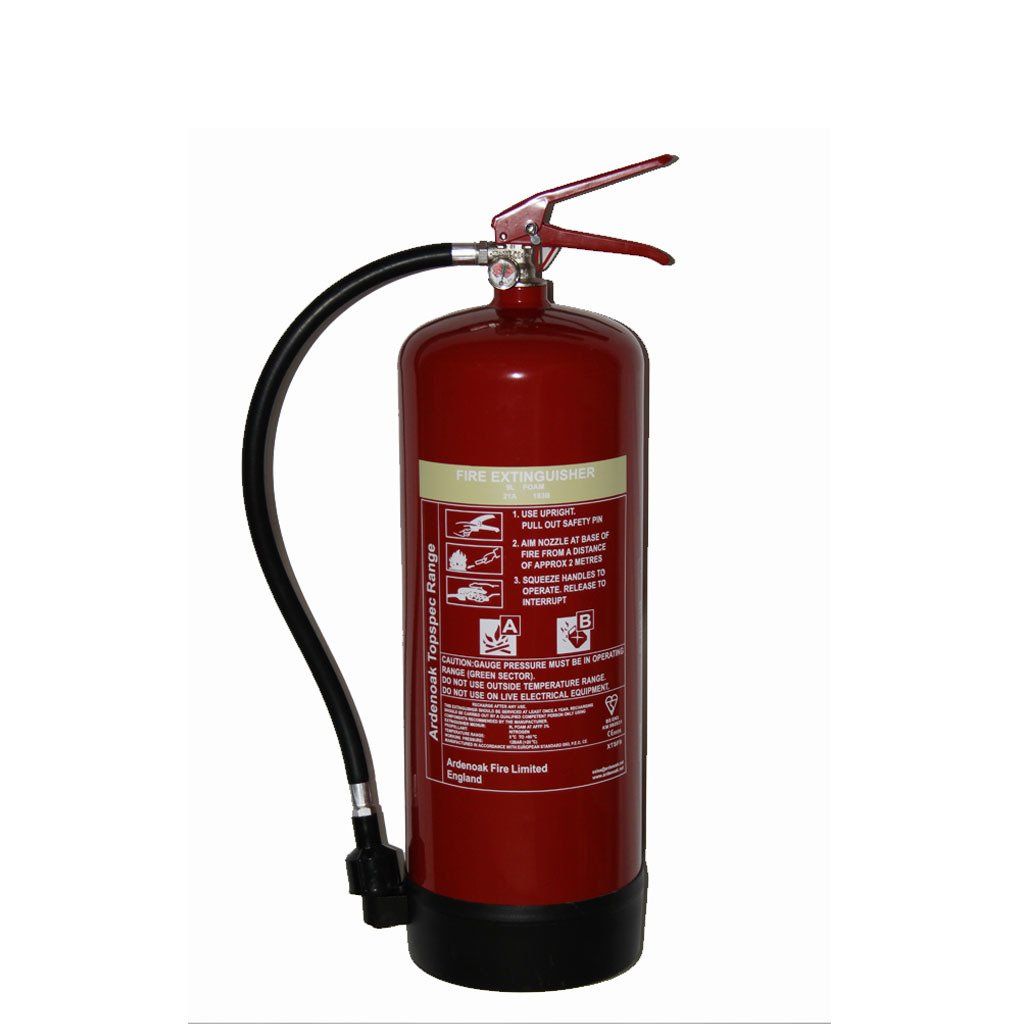
Foam fire extinguishers have become increasingly popular and are suitable for use on Class A fires (involving flammable solids such as paper, wood and textile) and Class B fires (involving some flammable liquids such as petrol, diesel and paint). These fire extinguishers are available in a range of sizes and contain Aqueous Film Forming Foam (AFFF). AFF foam is a non-combustible chemical which, when applied, forms a film and smothers the fire while simultaneously sealing in flammable vapours to prevent the fire reigniting. The foam fire extinguisher is primarily water-based which assists extinguishing with its cooling effect. The AFF foam is non-toxic and won’t cause any damage to most materials. Foam fire extinguishers are suitable for use in a range of premises where multiple fire risks are present such as offices, warehouses, factories, garages and hotels. They can be identified by a cream coloured label stating ‘FOAM’ which is printed on the body of the cylinder. The current standard for the manufacture of fire extinguishers is BS EN 3. Fire extinguishers carrying the British Standard Kitemark indicate the fire extinguisher has been tested and certified to the stringent requirements of the standard.
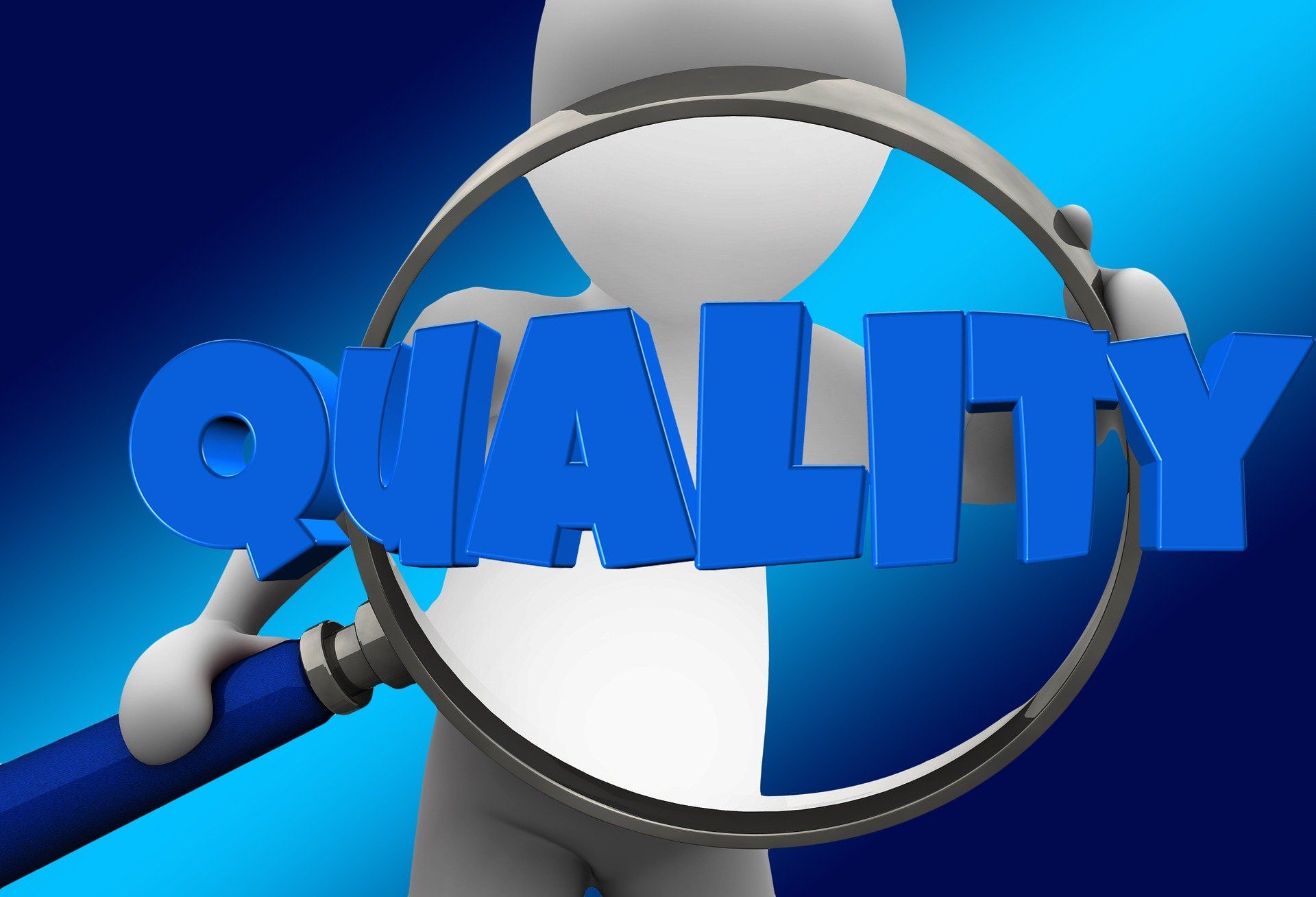
Fire blankets are widely used to extinguish kitchen fires caused by fat, oil or grease as well as for additional fire control in all kinds of settings where small fires may occur. They are available in a range of sizes and work by smothering the fire and starving the fire’s supply of oxygen thus extinguishing it and preventing further spread. Fire blankets can also be used to wrap around a person to immediately extinguish a fire or act as protection against fire. What are fire blankets made of? It varies a little between manufacturers, but fire blankets are usually made from fibreglass and feature a specialist fire retardant coating. They also feature flame proof handles and often incorporate Kevlar thread to ensure the blanket retains its integrity. Fire blanket standards and testing The current standard for the manufacture of fire blankets is BS EN 1869:1997 which covers a range of fire blanket sizes. Fire blankets carrying the British Standard Kitemark indicate that the fire blanket has been tested and certified to the stringent requirements of the standard. The fire blanket itself, within its casing, must also have a label attached to it featuring all of the necessary manufacturer’s details. Checking your fire blanket Fire blankets can often be sat unused for a long time so it’s important to check them at regular intervals to ensure they are fit for use in the event of an emergency. The fire blanket should be removed from its casing and inspected for any holes or worn areas. It should be refolded as per the manufacturer’s instructions and placed back securely into its case. Purchasing your fire blanket Thousands of cheap, untested fire blankets are being sold online which could be putting lives at risk. When purchasing a fire blanket look at the quality of the casing and the material of the blanket. If it doesn’t look and feel how you would expect it to, it may not be a certified blanket. Also, look out for the wording of instructions and any grammatical errors as an indication of the quality of the item. Check too that the blanket itself has a label containing the manufacturer’s information – including a standards number. Please see: Fire Safety in the Work Place - Fire Blankets for information regarding the inspection and maintenance of fire blankets in the work place.
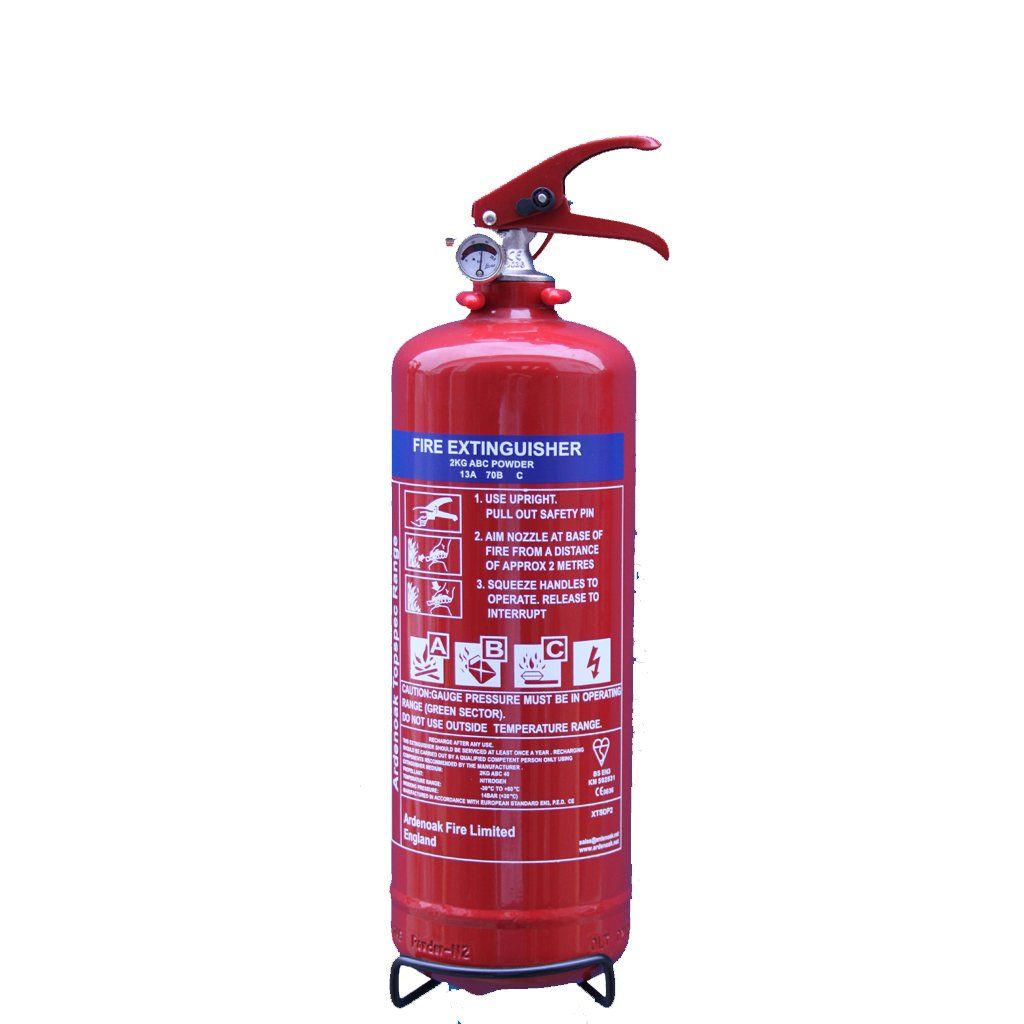
Dry powder fire extinguishers are great all-rounders suitable for tackling Class A fires (wood, cardboard, paper, straw, furniture etc), Class B fires (petrol, oils, paints and flammable liquids) and Class C fires (propane, hydrogen and natural gas). They can also be used on electrical fires, but leave a residue which may be harmful to electronics. The dry powder fire extinguisher is available in a range of sizes from 1kg to 9kg and is suitable for use on vehicles and heavy equipment as well as in areas such as workshops and industrial units. It is painted red and features a blue area at the top making it easy to identify. When the extinguisher is activated, the layer of powder smothers the fire and starves it of oxygen which breaks the fire triangle (the three things needed for a fire to burn – fire, oxygen and heat) and puts the fire out. Our dry powder fire extinguishers are manufactured in accordance with EN 3 regulations are BSI Kitemarked and feature a CE Mark. They are supplied with a wall mounting bracket as standard. Fire extinguishers located in public areas and workplaces must also be displayed with a Fire Extinguisher ID sign to comply with regulations. Dry Powder Fire Extinguisher: Fire Rating: 5A, 34B 5 Year Manufacturer Warranty. Next Day Delivery (on orders placed before 12noon).
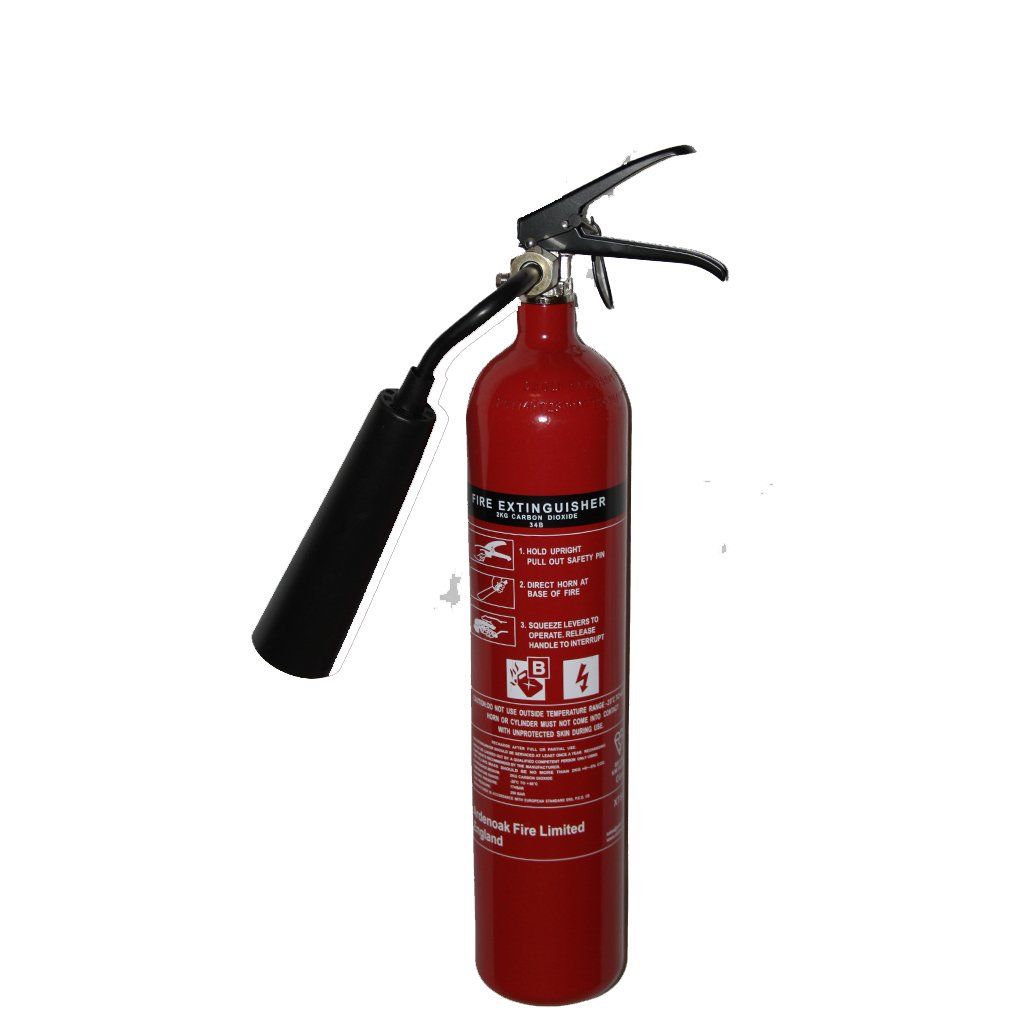
The CO2 fire extinguisher is the only extinguisher recommended for use with electrical fires which is why it’s found in almost all business premises. There is no toxicity or residue left after use with this extinguisher making it ideal for use in confined or office environments. CO2 fire extinguishers are also suitable for use on fires involving flammable liquids (Class B fires). The CO2 fire extinguisher is painted red and features a black area at the top of the label making it easy to identify. Two sizes are available: 2kg and 5kg with the weights referring to the content within the extinguisher rather than the complete unit. Our CO2 fire extinguishers are manufactured in accordance with EN 3 regulations are BSI Kitemarked and feature a CE Mark. They are supplied with a wall mounting bracket as standard. Fire extinguishers located in public areas and workplaces must also be displayed with a Fire Extinguisher ID sign to comply with regulations. CO2 Fire Extinguisher: Fire Rating: 34B Next Day Delivery (on orders placed before 12noon).

If you own, manage or operate a business, you must comply with fire safety law. The main law for England and Wales is the Regulatory (Fire Safety) Order 2005 (safety legislation in Scotland and Northern Ireland differs but the message is broadly the same). While legislation doesn’t require inspection and maintenance procedures for fire blankets, the appointed responsible person should follow good practice to ensure fire blankets are maintained in an efficient state, in efficient working order and in good repair. A great guide can be found in the Fire Industry Associated (FIA) document: Code of Practice for the Commissioning and Maintenance of Fire Blankets Manufactured to BS EN 1869 . This in-depth document recommends that “the responsible person should carry out visual inspections of all fire blankets regularly, at least each month. When circumstances require, inspections should be carried out more frequently”. More frequent inspections may be determined through risk assessment procedures or by recommendation from third-party providers undertaking annual maintenance checks. Monthly visual inspections of fire blankets should cover the following: Each fire blanket is correctly located in its designated place Each fire blanket is unobstructed and visible Operating instructions are clean, legible and face outwards Fire blanket containers are not obviously damaged and straps are visible and undamaged Tamper indicators of each fire blanket, where fitted, are not broken or missing The responsible person should record the results of these visual inspections and arrange for corrective action where necessary by a service provider.
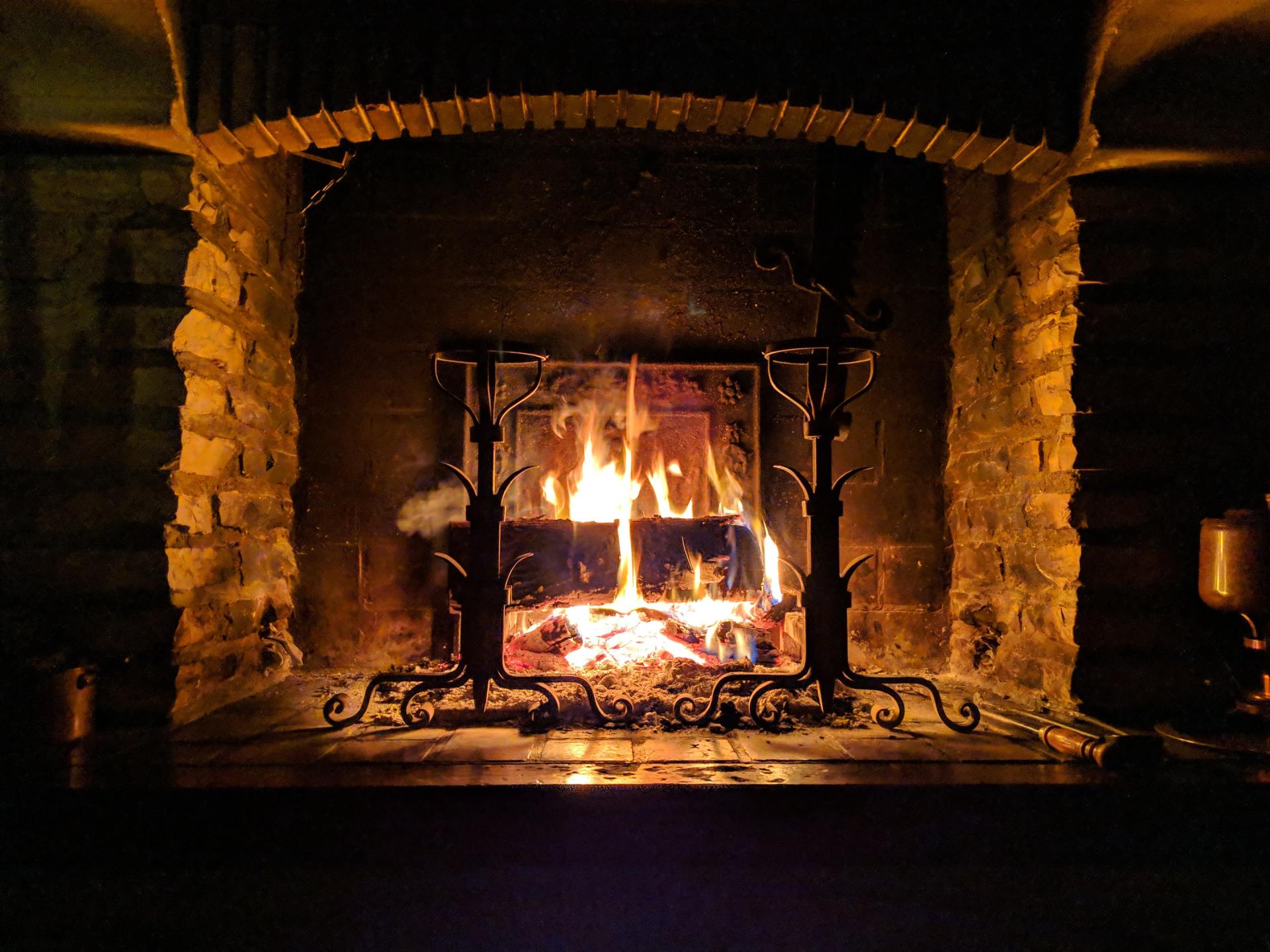
Phoenix Fire Store supports Chimney Fire Safety Week 2019! The campaign will run from Monday 2nd until Sunday 8th September and is designed to raise awareness of chimney fires as well as to encourage users to take preventative action. Did you know chimney fires have been steadily increasing in most regions during the years with the peak season for chimney fires being between the months of January and March? With this in mind, it’s important to take preventative action as soon as possible in preparation for the winter months. A regularly used chimney should be swept at least once a year by a professionally trained chimney sweep to reduce the risk of a chimney fire. The chimney sweep will ensure the chimney is kept clean and clear of obstructions and will carry out smoke evacuation tests to ensure the chimney has an adequate draw. When sourcing a local chimney sweep be sure to check the company is accredited by the Institute of Chimney Sweeps (the recognised UK chimney sweeping regulating and governing body). Chimney Fire Safety week is the perfect time to test your smoke alarm and renew it if it fails to respond to tests or needs to be replaced (most fire alarms should be replaced every ten years or as per the manufacturer’s instructions). Phoenix Fire Store: Smoke Detectors

Fire blankets are simple and effective fire-fighting aids designed to tackle early stage small fires. They are commonly installed in kitchens where they can be used to extinguish fires caused by fat, oil or grease however they are becoming increasingly popular in all kinds of settings where small fires may occur such as caravans, schools, business places, factories and workshops. In addition to extinguishing fire away from the body, fire blankets can also be used to wrap around a person whose clothing has ignited, or to wrap around the body to act as protection against fire. What are fire blankets made of and how do they work? Fire blankets for home or commercial use are usually made from woven fibreglass and feature a specialist fire retardant coating. They are folded inside an enclosure (usually plastic moulded) and feature grab handles which allow the quick release of the fire blanket. When the blanket is draped over a fire it starves the supply of oxygen and extinguishes it before it spreads. What size fire blanket should I get? Fire blankets are available in a range of sizes, commonly in the range of 1.0m x 1.0m through to 1.8 x 1.8m. When selecting fire blankets for your premise/s it’s important to consider the potential size of fire that could occur in order to select the most appropriately sized blanket. When to use a fire blanket Fire blankets should only be used to tackle incipient, small fires. If the fire is larger than the size of the blanket at any point or if the flames come through the blanket, evacuation of the premises should be carried out immediately emergency services alerted. Where should fire blankets be placed? Fire blankets should be placed in the room/ area where a potential fire may occur. Fires can spread very quickly so the placing for fire blankets is crucial. They should be fixed or placed in an easily accessible position where the breakout of fire won’t prevent access to them. Certification and Regulations Fire blankets should comply with BS EN 1869:1997 and feature a BSi Kitemark. Note that some government departments, councils and official bodies still recommend that fire blankets should comply with BS6575, however this standard was succeeded by BS EN 1869:1997 in 1997. Fire blankets may also feature the BAFE mark (BAFE is an independent register of quality fire service providers). Fire blankets located in public or commercial settings must also have a fire blanket ID sign displayed above them to conform with the Fire Safety Order 2005. Various types of fire blanket ID signs are available including rigid plastic, self-adhesive and photo-luminescent (glow in the dark). Fire blanket commissioning and servicing The commissioning process of a fire blanket should involve a visual inspection of the fire blanket to check that it is fit for purpose. Fire blankets installed in public or commercial settings should be serviced annually. The service engineer will unpack the fire blanket from its case and inspect for any signs of damage. He/she will sign and date the case and produce a certificate. When to replace fire blankets There are no legal requirements to replace fire blankets within a given time-frame, however, the general rule is to replace fire blankets in line with the manufacturer’s guidelines. This is commonly between five and seven years from date of purchase. Fire Blankets - Phoenix Fire Store Fire Blanket ID Signs - Phoenix Fire Store
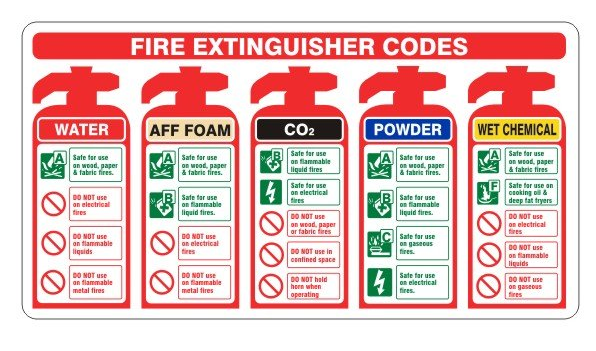
Fire extinguishers must be commissioned to be compliant with UK fire extinguisher legislation. The commissioning of fire extinguishers ensures they have been thoroughly checked and approved as effective for use. Commissioning Fire Extinguishers for Commercial or Public Buildings Fire extinguishers sold in the UK are manufactured in accordance with the British Standard 5306-3. This Standard states that fire extinguishers used in commercial or public buildings should be commissioned on-site by a competent person after delivery (fire extinguishers aren’t supplied ready commissioned in case they are damaged, discharged or have lost pressure during delivery). Fire Extinguisher Maintenance - Annual Service As per the British Standard 5306-3, fire extinguishers installed in commercial or public buildings should also be serviced annually by a competent person – someone who has the necessary training, qualification, experience, equipment and manufacturer’s documentation. Fire extinguishers installed in high risk or damaging environments may require more frequent inspections. The fire extinguisher technician will carry out a number of checks (dents, cracks, safety pin, location, anti-tamper seals etc) to ensure extinguishers are in good working order. A certificate will be supplied and any recommendations or changes required will be displayed on the certificate. The technician should also fill in your fire log book. Discharge Testing, Extended Service and Overhaul Most fire extinguishers will need to be discharge tested or have an ‘extended service’ every five years (CO2 fire extinguishers require an extended service every ten years). The discharge test involves the technician setting off the fire extinguisher to ensure it works as it should. If it passes, the fire extinguisher will be refilled. Where it’s not appropriate to discharge test fire extinguishers on-site, service exchange is often an effective solution. This involves exchanging the fire extinguisher for a ready-tested extinguisher. Fire Extinguisher Maintenance – Monthly Checks Alongside the yearly service, an appointed responsible person should carry out monthly or regular inspections of all fire extinguishers. This inspection is straightforward to do and should include the following checks: 1) Fire extinguishers should be located in the correct location with the fire extinguisher stand or bracket easily visible and accessible. 2) Check fire extinguishers for signs of accidental or malicious damage or dents. 3) Check anti-tamper seals, lead seals, OK indicators etc are in place. 4) Check the safety pin is straight and can move freely. 5) If a pressure gauge is fitted, check the needle is in the green section. Fire extinguisher inspections should be logged in your fire safety log book. Fire Extinguisher Signs Fire extinguishers located in public areas and workplaces must be displayed with a Fire Extinguisher ID sign to comply with regulations. Fire extinguisher ID signs help users clearly identify the type of fire extinguisher and how it is to be used. Regulatory Reform (Fire Safety) Order 2005 Business owners must also comply with The Regulatory Reform (Fire Safety) Order 2005. This legislation (for England and Wales) states that the designated responsible person should do everything practically possible to prevent and prepare for a fire in accordance with the latest standards. Safety legislation in Scotland and Northern Ireland differs but the message is broadly the same. Fire Extinguisher for Private Dwellings Fire extinguisher installation and commissioning by a trained engineer isn’t necessary for private dwellings, however there are a number of essential checks to carry out once you’ve purchased your new extinguisher: 1) Attach the discharge nozzle if it is not already fitted 2) Check the tamper device is intact 3) Check the pressure gauge is in the green 4) Check the extinguisher for corrosion or obvious damage 5) Weigh the extinguisher and record on the maintenance label These checks should be carried out when the fire extinguisher has been purchased and then once a month to ensure the fire extinguisher is in good working use in the event of an emergency. Fire Extinguishers - Phoenix Fire Store Fire Extinguisher ID Signs - Phoenix Fire Store
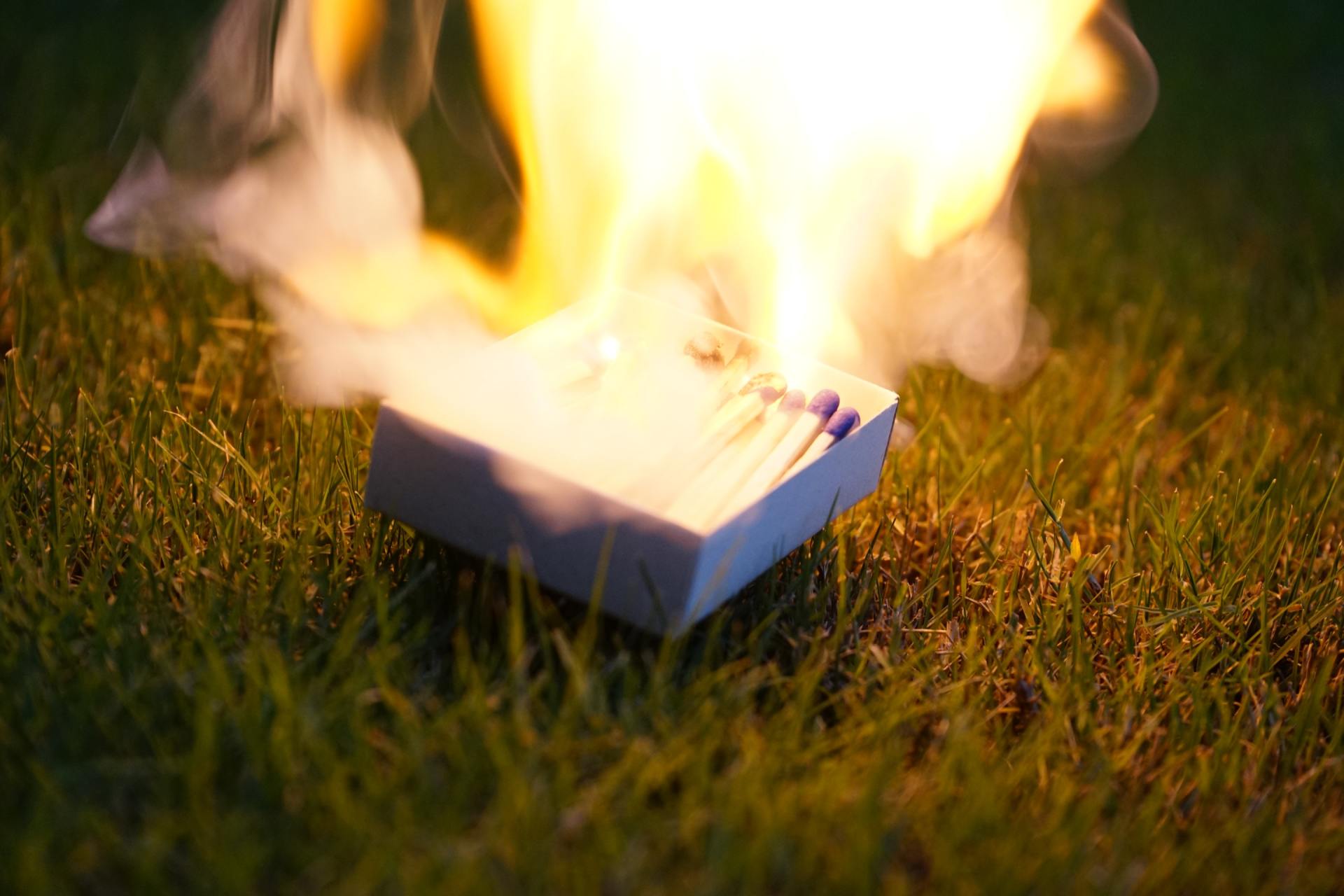
Fire extinguishers are designed to tackle different types of fire. In this article, we look at how fire extinguishers work, discussing also how fires burn, types of fire extinguishers available and the classes of fire. The Fire Triangle A fire burns when fuel, oxygen and heat are present. These three elements form what is widely known and referred to as the fire triangle. The fire triangle can only be broken and the fire extinguished when at least one of the elements is removed. Fuel: any type of combustible material such as paper, oils, wood, gases, fabrics, liquids, plastic, rubber and more. The fuel for a fire is often categorised by its size, shape, moisture content, how easily it will burn and the temperature at which it burns. Heat: heat must also present for ignition to take place. Flammable vapours from the fuel source combust when the heat is present. Oxygen: in addition to fuel and heat, fires also need oxygen to stay alight. When the fuel burns, it reacts with oxygen to release heat and generate combustion. Types of Fire Extinguishers Fire extinguishers work by removing heat, air, or both. There are three different types of fire extinguishers available containing different chemicals. Water Extinguishers – water is the most familiar and commonly used extinguishing material and is in many cases (although not all) the most effective. Water fire extinguishers have a tank full of water with compressed air as the propellant. They work by removing heat from the fire and can put out burning materials such as wood, paper and cardboard – they aren’t as effective with electrical fire or fires involving inflammable liquids. Dry Powder Extinguishers – dry chemical extinguishers work by smothering the fire; as the layer of power smothers the fire, the oxygen is starved and the fire goes out. Carbon Dioxide Extinguishers – these extinguishers feature a mixture of liquid and gaseous carbon dioxide (a non-flammable gas) which has to be stored under high pressure to create a liquid. The C02 replaces the oxygen surrounding the fire with carbon dioxide meaning the fire can no longer burn. How Fire Extinguishers Work Fire extinguishers contain compressed air and a suppressant. When the safety pin is pulled and the operating lever is depressed, the container of compressed air inside the extinguisher is punctured and the released air rushes out into the extinguisher forcing the material up the siphon and out of the nozzle with considerable force. When using a fire extinguisher, the nozzle should be aimed directly at the fuel, rather than the flames themselves. Spraying directly on the flames will fan them rather than extinguish them. Classes of Fire Class A Fires are fuelled by combustible materials such as wood, paper, plastics, textiles and furniture. Class B Fires are fuelled by flammable liquids such as oil, paraffin or petrol. Class C Fires are fuelled by flammable gases such as hydrogen, butane, propane or methane. Class D Fires are fuelled by combustible metals such as magnesium, aluminium or potassium. Electrical Fires are fuelled by electrical appliances. Class F Fires are fuelled by cooking fats or oils (typically from chip-pans). Fire extinguishers should only be used if you are trained or feel it is safe to do so. Fire Extinguishers - Phoenix Fire Store Fire Extinguisher ID Signs - Phoenix Fire Store
